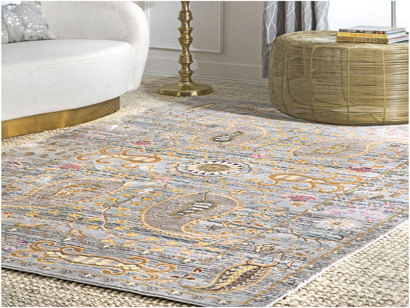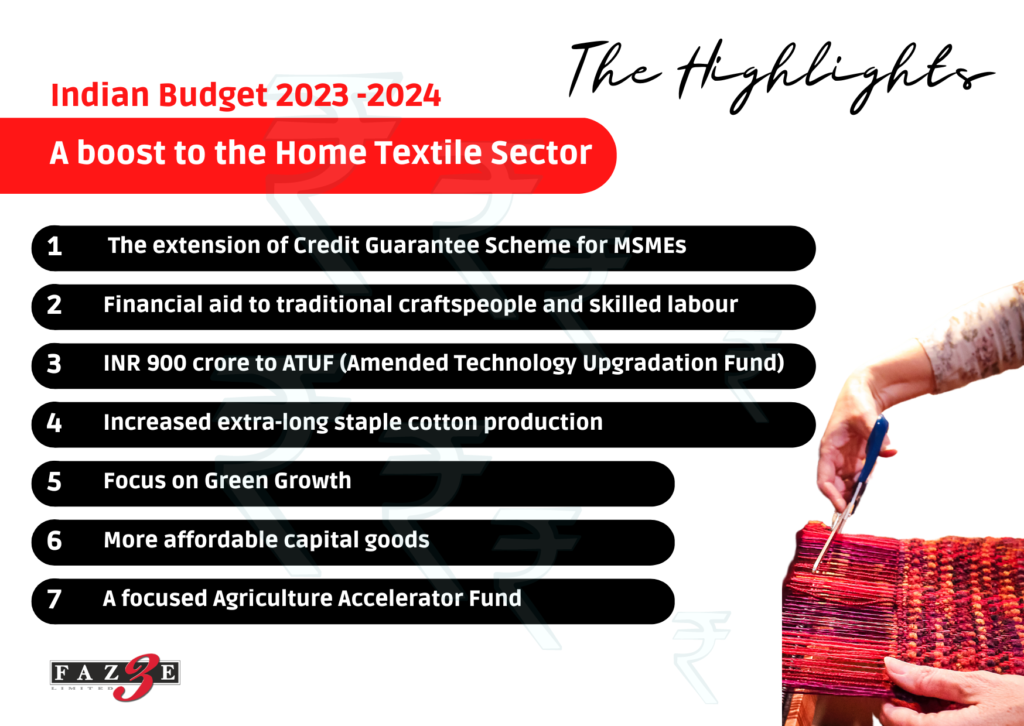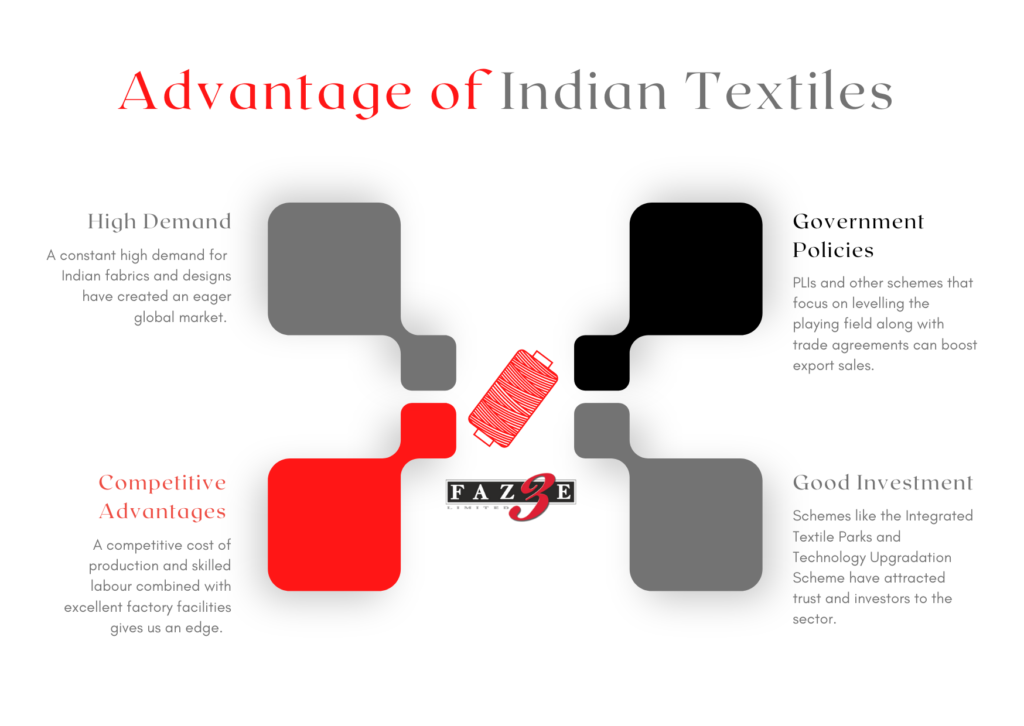Dyes are substances classified according to their application and chemical structure and composed of a group of atoms known as chromophore, which is applied to a substrate provide color by a procedure that changes, in any event temporarily, any precious crystal structure of the shaded substances. Dyeing Textiles is an integral part of the textile products manufacturing process.
A substantial amount of water has consumed in the dyeing and finishing operations of the textile plants. The wastewater from the textile plants is the most contaminated of all the industrial areas, considering the volume created just as the pro-fluent organization. Above 200,000 tons of dyes, few with highly toxic properties used in the textile industry are lost to effluents every year during the dyeing and finishing operations, due to the inefficiency of the dyeing process causing an impact on the aesthetic quality and transparency of water bodies.
With an urge to reduce the environmental impact caused due to the manufacturing processes, the industry is looking for sustainable methods and combinations.
Dyeing process in the made-ups textile manufacturing industry:
Traditional/ Piece dyeing:
Traditional or piece dyeing is the dyeing of fabric/ product after it has been constructed by involving three steps: Preparation, Dyeing, and Finishing. It is the most common method of dyeing used with the aqueous application.
Positives:
- Conventional and widely used process
- Economical
- Suitable for quick response orders as the color design made once the fabric gets manufactured.
Negatives:
- Longer lead time
- Wet processing generating a substantial number of effluents with toxic pollutants discharged in water bodies seriously affecting their aesthetic quality and transparency.
- Not environment friendly, with high water, CO2, chemical and power consumption.
Dope/Spun dyeing:
Dope dyeing involves the intermixing of master batch colorant with the polymer before fiber extrusion, and later it is used to create the desired fabric.
It is the process of adding pigments or insoluble dyes to the spinning solution before the solution extruded through the spinneret.
Positives:
- Reduced greenhouse gas emissions significantly.
- Increase in water conservation as there is no water used in the dope-dyed process.
- Wet processing leading to water usage and generation of effluents with a complex chemical composition is eliminated.
- Saves use of chemicals as the process is shorter compared to conventional dyeing.
- Significant reduction in heavy metal contamination in wastewater.
- Reduction in process lags and production time as the fiber is already dyed.
- Uniform coloration, reproducibility, level shade and a high degree of fastness.
Negatives:
- More expensive and higher inventory costs.
- Limited variety of color and shades.
- Decisions regarding colors have made at a very early stage.
Conventional dyeing on products with recycled yarn:
It can be noted that the conventional dyeing process itself is not environment friendly. However, it is suitable for fabrics/ products made by using recycled yarn or fiber as the raw recycled fiber/ yarn is available as compared to dope dyed recycled fiber/ yarn leading to sustainability as it reduces CO2 emissions by using recycled yarn.
Positives:
- Use of recycled fiber/ yarn reduces CO2 emissions
- Raw recycled yarn/ fabric available easily
Negatives:
- Environmental impact due to conventional dyeing
- The higher premium is charged by the suppliers
- Dyeing is done in batches leading to high use of natural resources and more lead time.
Dope dyed recycled yarn – The future:
It is a process where dope dyeing is done using recycled fiber. Considering the above positive and negative impacts, it is clear that dope dyed recycled yarn is the perfect answer to environmental problems.
Now let us understand why it is not implemented widely at present:
- Comparatively higher investment in plant and machinery
- High conversion cost
- Very few manufacturers due to high investment and high fixed costs
- Monopoly, leading to price rigging
AT FAZE THREE LIMITED, dope dyed yarn is less economical, looking at the sustainable impact. At present, the Company has maximized its use and discourages the use of conventional/ piece dyeing. This is resulting in a tremendous reduction of toxic wastewater getting discharged in water bodies. Simultaneously, the Company is exploring sourcing of dope dyed recycled yarn as a raw material. At present, there are only two suppliers in India manufacturing dope dyed recycled yarn due to high investment and conversion cost, the price of the yarn is about 30% higher compared to virgin dope dyed.
Target:
In its quest for sustainability, Faze Three Limited is continuously working on the possibility of making dope dyed recycled yarn inside the span. The team is researching avenues from where it can source/ import the polyester chips and also is in talks with a couple of vendors in India to develop dedicated lines for such yarns. At the same time, it has to commit a minimum volume to cover the fixed costs. With all the efforts, the Company foresees a 10-12 % reduction in the cost of dope dyed recycled yarn by end 2019 and normalcy by end 2020. The Company aims to source dope dyed recycled polyester yarn > 50% of the total yarn consumption by 2021. It also anticipates support from its customers for minimum volume commitments to achieve desired results.




